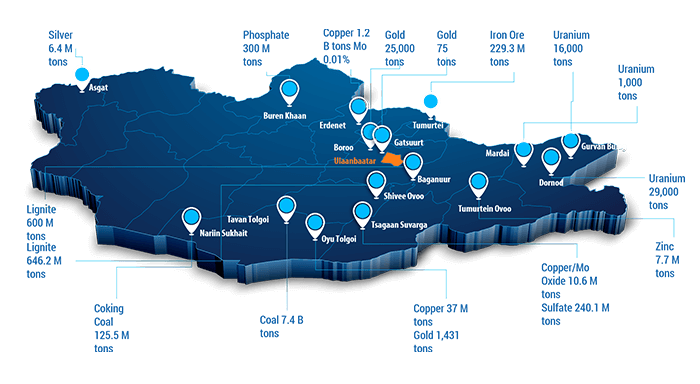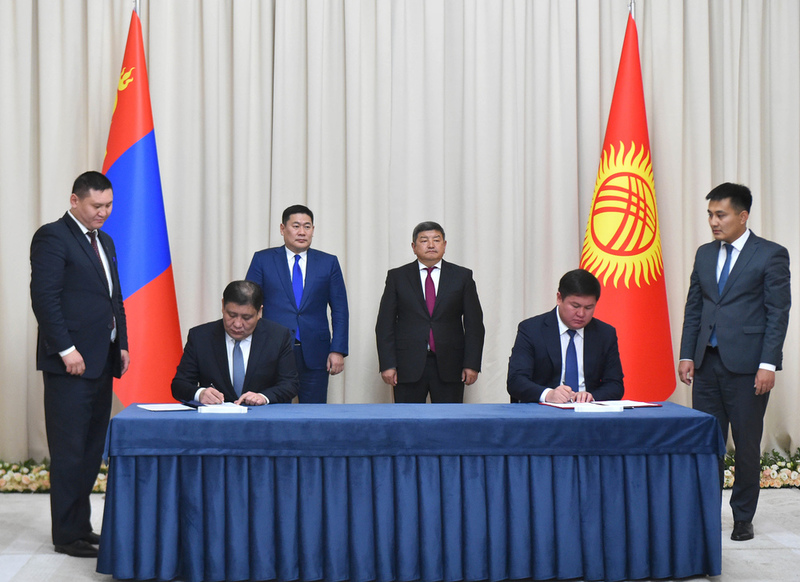Brief facts
Mongolian mining sector has one of the world’s leading mineral resources with more than 10 000 deposits of more than 80 types of minerals, about 10 000 exploration results and a few hundred thousand mineral points. Yet not all of Mongolia’s minerals and mineral deposits have been discovered. Although the Central and the Eastern parts are well studied, the Western part shows untapped potential for new discoveries of deposits and mineral resources. The mining sector is an integral driver of the Mongolian economy. It makes up about 93% of the total exporting products, about 58% of the FDI and 22.8% of the GDP. Thus, the development of the mining sector is ever-evolving reflecting sectoral needs. The Ministry of Mining and Heavy Industry (MMHI) is the main state body responsible for development and implementation of state policies for the development of the geological and mining sectors. The Mineral Resources and Petroleum Authority (MRPA) is also the key regulatory body having an authority to grant licenses, make a decision on the allocation of land for the purpose of small-scale mining and widely distributed minerals.
Currently, there are in total of 2,557 valid licenses issued in the mining sector with 1,708 of them being mining licenses and 849 exploration licenses.

If a deposit may have a potential impact on national security, national or regional economic and social development, or is producing (has the potential to) more than 5% of the total annual GDP, it can be classified as a mineral deposit of strategic importance by the Government. For the exploration of a Strategic Deposit where the State has conducted state funded exploration jointly with private entities and determined the proven reserve, the state can participate in up to 50% equity interest. However, in the relevant exploration of Strategic Deposit privately financed, the State may participate in up to 34% equity interest.
List of strategic deposits

The mining products exchange
The Government of Mongolia aims for transparent and responsible mining and multiple pillar economic composition and fair distribution of wealth through Mining Product Exchange. Within this scope the Mining Product Exchange Law was passed in December 2022 to govern the establishment and relation of the exchange operation. According to the Mining Product Exchange Law, the Exchange will operate as a state-owned enterprise with the objective to operate Mongolia’s mining product trade with transparency, set fair prices and increase investment interest in mining industry through unifying export policy. Furthermore, for the mining products to be traded in the Exchange they must fulfill quality tests such as a warehouse equipped with the storage requirements of the product, terminal, transportation logistics center and analysis laboratory.
Electronic License Tendering Procedure
The “Digital Nation” initiative has spread its reach to the mining industry by digitalizing the license tendering process. The MMHI has approved the new regulation on selection procedure for issuing mining licenses on 12 April 2022. Through this selection process the Government of Mongolia aims to increase the number of exploration license issuance to boost the geological exploration and number of proven reserves.
- Exploration tenement tender announce on www.tender.gov.mn (not fully operational yet)
- Preparation of required documents for submission by participants
- Payment of base price and submission of documents
- Open and transparent tender process
- Successful participants receive notification to obtain the tenement.
Legal Framework
The mining sector is the key economic driver of Mongolia, thus the main law governing the sector, Minerals Law 2006, is amended regularly to reflect the new development of the sector. The most recent amendment was made in January 2023 where notably the exploration tenement tender and issuing special license provisions were amended. Furthermore, a revision of the current Minerals Law is expected to be discussed at Parliament in 2023. Under the Minerals Law, noteworthy provisions are that the mineral resources naturally occurring on and under the earth’s surface in Mongolia are the property of the State. Thus, the State reserves the right to grant exploration and mining rights and licenses. Furthermore, if a deposit may have a potential impact on national security, national or regional economic and social development, or is producing (has the potential to) more than 5% of the total annual GDP, it can be classified mineral deposit of strategic importance (“Strategic Deposits”) by the Government.
Other laws relevant to the mining sector are:
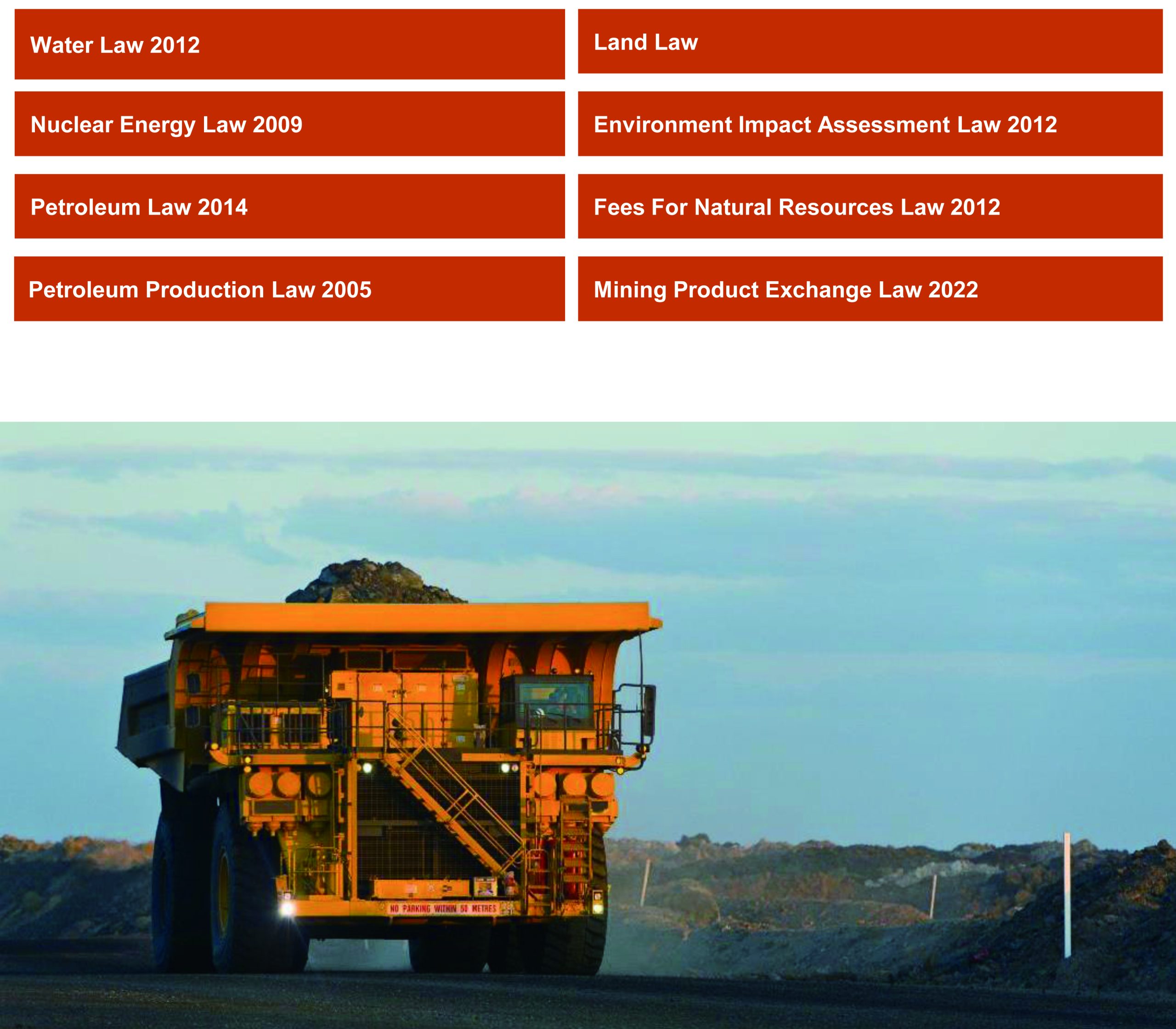
Mongolia holds exceptional geological natural potential for the development of mineral resources, offering an unprecedented growth potential for copper, base metals, gold, coal, and uranium. However, it is worth noting that the extent of Mongolia’s mineral potential has only been partially explored, with scale geological mapping currently covering just 40% of the country’s vast territory.
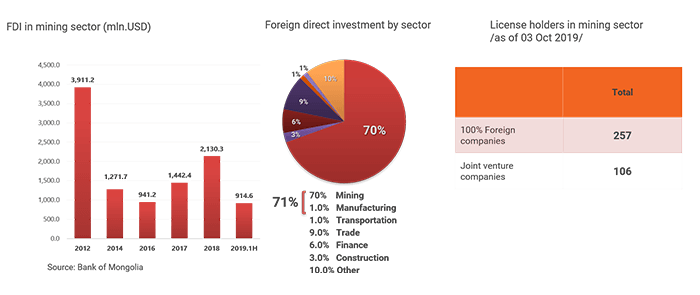
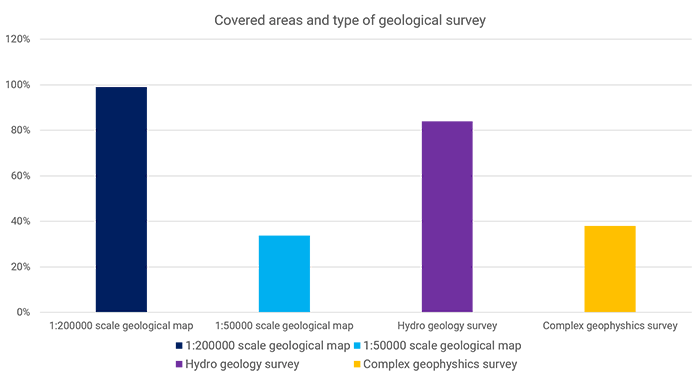 Geological survey have been implemented as a basic data requirement needed to assist in the development of regional minerals and raw materials, to evaluate proposed mineral resources, to support decision making processes on the issues related to natural and environmental protection, underground wealth use and exploitation.
Geological survey have been implemented as a basic data requirement needed to assist in the development of regional minerals and raw materials, to evaluate proposed mineral resources, to support decision making processes on the issues related to natural and environmental protection, underground wealth use and exploitation.